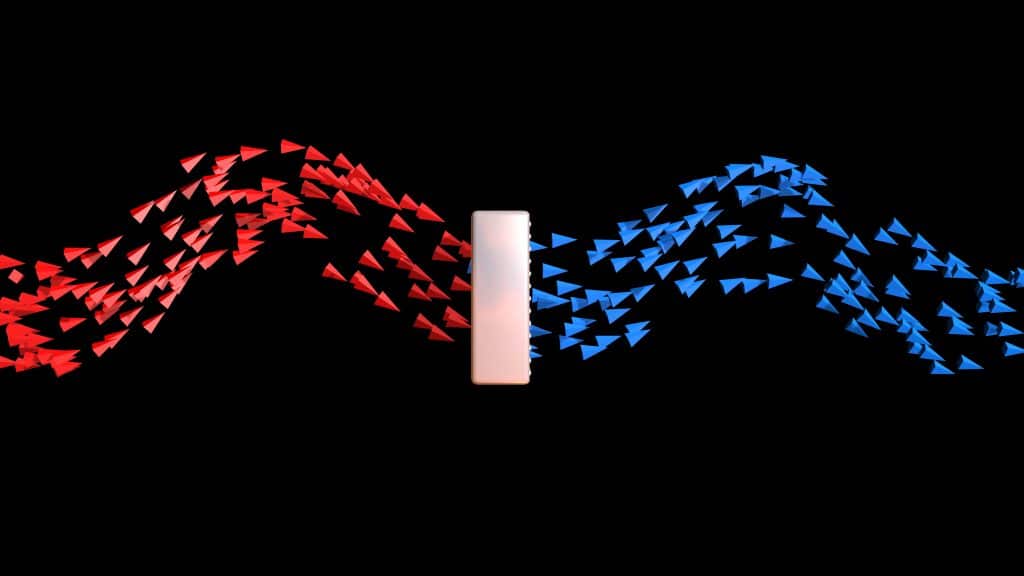 As the basis for all of our products, eco-friendly thermal management concepts come in a variety of types, utilizing different mechanics to accomplish the same goal – application temperature regulation with green energy. A few weeks back, we discussed how we utilize phase-change cooling to transfer heat more rapidly while also doing so more efficiently. In today’s blog, the team at Noren Thermal Solutions in Taylor, TX will look at the difference between passive and active electronic cooling and how it can help your business.
As the basis for all of our products, eco-friendly thermal management concepts come in a variety of types, utilizing different mechanics to accomplish the same goal – application temperature regulation with green energy. A few weeks back, we discussed how we utilize phase-change cooling to transfer heat more rapidly while also doing so more efficiently. In today’s blog, the team at Noren Thermal Solutions in Taylor, TX will look at the difference between passive and active electronic cooling and how it can help your business.
The Role it Plays in Electronics
Just as children can overheat when playing for too long in the sun, electronics can overheat from performing an action continuously without a chance to “cool-down.” To address this concern, a number of products have been designed and created to help transfer or dissipate thermal energy in order to keep applications from overheating. With the level of customization that has been put into this idea, different products can best address the unique needs of businesses in a variety of industries. One of the more dominant forms of heat transfer includes convection, which does so by the movement of fluids. This can be done in one of two ways – by passive transfer (natural) or active transfer (forced).
Natural Convection
Passive transfer occurs when the motion of fluid is caused by buoyancy forces. These are the result of density variations caused by temperature fluctuation in the fluid. In the absence of an external source when the mass of the fluid is in contact with a hot surface, for instance, the molecules separate and scatter. This causes the mass of fluid to become less dense, displacing it either horizontally or vertically while the cooler fluid gets denser and sinks. Meaning, the hotter volume essentially transfers thermal energy toward the cooler volume of that fluid using the natural buoyancy of the differing densities.
Forced Convection
In contrast to natural convection, active cooling is dependent on energy consumption in order to operate. This occurs when a fluid is forced to flow over the surface by some external source – such as a fan or a pump – and thus creates an artificially-induced convection current. Typically implemented in systems that are unable to maintain temperature through passive means, forced convection applications must be well-maintained and are often utilized for electronic devices and indoor buildings. For more information about passive/active displacement and utilization in electronics, contact our team today.
Contact Our Team
Because technological applications are more and more being created with specific, unique needs in mind, one-size-fits-all solutions are a thing of the past. At Noren Thermal Solutions, we strive toward green business and innovation with a variety of products intended to make electronic temperature regulation much more convenient and optimal, and we welcome your to contact our Taylor, TX office by calling 512-595-5700 today.



